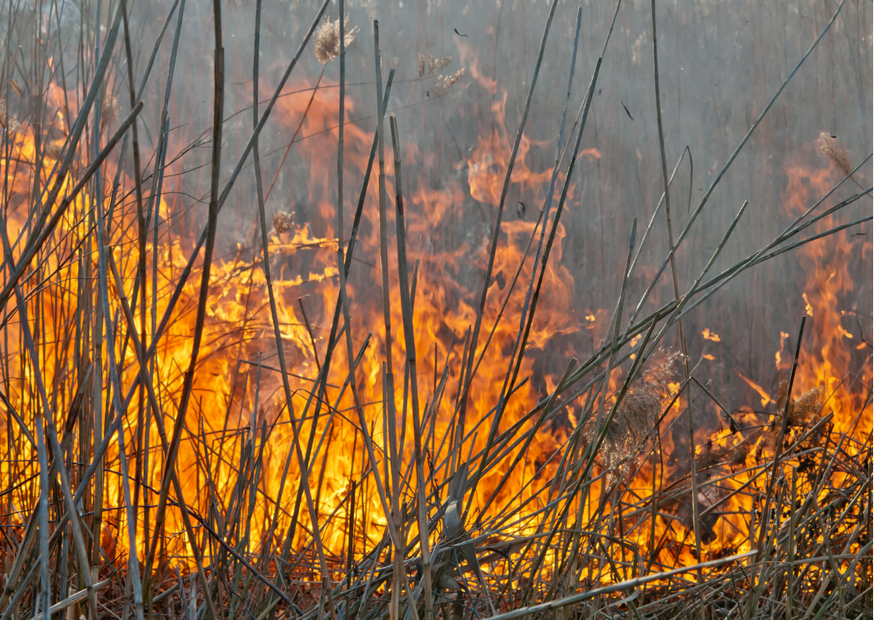By Vijay Panjwani, senior advocate Supreme Court of India
Even as ruling parties and scattered opposition parties accuse each other of indulging in corrupt acts — specific and vague, environment issues are relegated to be taken care of at a later date.
Except the National Highways Authority of India (NHAI) which has dared to invest mind, men, money in collecting agriculture waste or parali for use as a resource material in construction of big highways.
No one had expected Minister Nitin Gadkari to take on the air pollution issue as a pioneer to dispose of parali in a non-polluting way. Following the NHAI example, expect the builder lobby to use parali all over India.
An agri-waste, parali orstraw stubble left over after harvesting of crops, burning is a huge source of air pollution. The Delhi NCR region, spread over 44,000 sq km territory, is severely affected every year from beginning October to March end by parali burning and firecrackers.
Delhi NCR comprises the whole National Capital Territory of Delhi, parts of Haryana, parts of UP, parts of Rajasthan. Due to ignorance, lack of government support and money constraints farmers find burning parali as the easiest and cheapest method of disposal.
Promises made by state governments are routine and not taken seriously by both farmers and officials. It is in this background the steps taken by Gadkari can be called pioneering.
The Petroleum & Explosives Safety Organization or PESO, a central government entity, is the nodal agency for regulating the explosives industry.
It even influences the standards set for noise and hazardous or toxic emissions from burning firecrackers. Delhi Police is the regulatory authority in Delhi for the firecracker business other than manufacture.
Delhi has banned manufacture of firecrackers. Delhi police is the licensing authority for obtaining permission for sale of Reduced Emission Improved (Green) Crackers Approved By PESO.
Good! It is permission to cause air pollution. Of course, the law permits regulated emissions into air from factories, kitchens both domestic and hotels, restaurants, dhabas, and hawkers, waste processing plants, crematoria, power plants.
But the authority to permit firecrackers burning worth rupees eight thousand crores in one night in the national capital is not funny. There is no backup study to claim that firecracker burning is a religious custom. Before 1526 AD there were no explosives in India.
Explosives were brought by invading armies from Central Asia in the shape of sulphur-using cannons.
Delhi Police relies upon Supreme Court issued directions in the Arjun Gopal and in re Noise Pollution cases taken up by the court Suo Motu. Delhi Police has banned/not permitted joint crackers and firecrackers containing hazardous chemicals including barium, lithium, arsenic, antimony, lead and mercury.
Also banned are firecrackers stocked from earlier years containing these highly dangerous chemicals. They are likely to cause disease, injuries, and are known to harm human health.
However, there are firecrackers illegally brought in from the vicinity of Delhi. For example, Ghaziabad, Meerut, are known illegal firecracker manufacturing hubs. Each market in Delhi has hawkers selling firecrackers in the open. All firecracker wrappings have a green label declaring them as green crackers.
The entire process of obtaining sulphur and other chemicals, making firecrackers, storage, transportation to Delhi, display in market, and sale, is illegal. A couple of these facilities blow up and are consumed by fire every year.
Traders, shopkeepers, from all over north India reach Delhi to buy firecrackers during Diwali festival. Safety norms, PESO, pollution boards, every regulatory agency is thrown away. The free market is in full bloom.
Donald Trump, a true conservative capitalist, would be happy to see the basic tenets of demand and supply successfully working in the open market.
The firecracker burning time is 8 pm to 10 pm on Diwali night to regulate noise pollution. After puja and dinner, Delhiites start bursting crackers at 10 pm, the time they should be wrapping up the leftover firecrackers.
To begin with, small firecrackers, phool jhadhis, chakris, hawai, sitis, anar are really enjoyed by children and adults. As the night progresses, a transformation takes place, huge smoke and noise emitting, window-glass shattering bombs are burnt on the roads and streets.
Till date there is no data on such bombs, each bomb costing more than a thousand rupees. All of them are labelled and sold as green crackers. As evening progresses around midnight, the joint crackers come out, each ladhi costing Rs 5,000 to 15,000 rupees. And then there is no respite.
Every law, every regulation is violated and dust-binned. Finally, at 3AM in the morning there is a slowdown but not a shut down. For the next one-week Delhi does not see the rising sun, does not see the moon, or the clouds. Smoke hangs, usually there is no high-speed wind at surface level or higher level, no rain. Nothing to mitigate these crazed celebrations.
The air smells of sulphur. To add to our woes, it is at this time that agriculture waste parali is burnt in the fields surrounding Delhi, making Delhi the world capital of air pollution. This story is repeated every year with policy makers ignoring the problem as a short-lived one which will go away in a few months.

